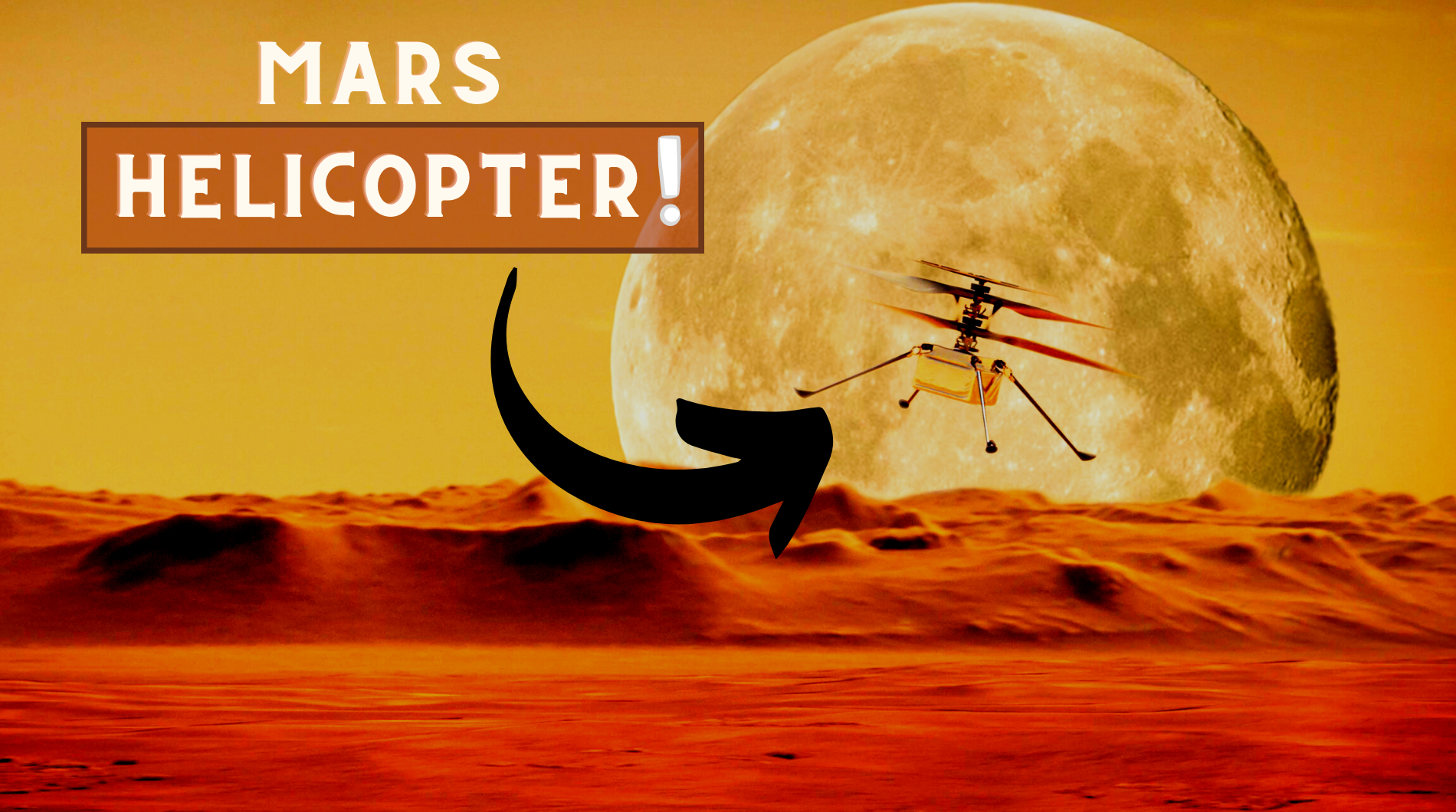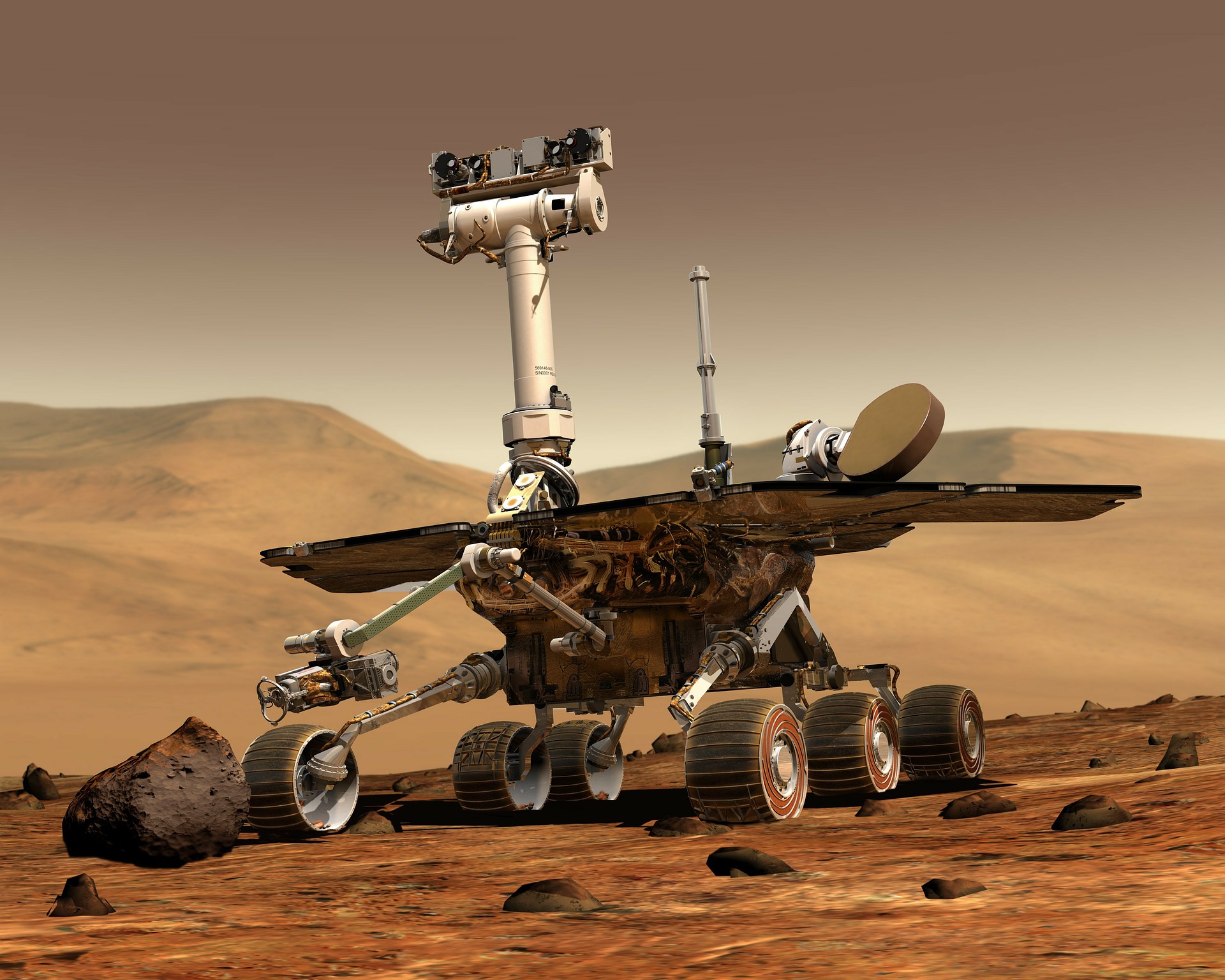A black hole 10 times the size of the Sun, closest to Earth yet discovered
Astronomers say they have found the nearest known black hole to Earth. Utilizing the International Gemini Observatory, run by the NOIRLab of the NSF, they confirmed that a dormant stellar-mass black hole, With only 1600 light-years between it and Earth, exists in the Milky Way for the first time.
Black hole
A black hole, as per the existing theory, is an area of such immense gravity that nothing – not even light – can escape from it. Most black holes form from the remnants of a large star that dies in a supernova explosion. On the other hand, smaller stars become dense neutron stars, which are not massive enough to trap light.
The outward forces of pressure decrease when a star burns up its fuel and starts to cool.
In a large star, when the pressure falls low enough, gravity takes over and the star crashes in a matter of seconds.
The explosion we refer to as a supernova is created by this collapse.
A dense core and a cloud of hot gas are the only things left over after a core-collapse supernova.
Large stars eventually collapse into black holes at their cores.
If not, the core develops into an incredibly dense neutron star.
The Schwarzschild radius of a black hole with the same mass as the Sun would be 3 km, as opposed to the Sun’s over 700,000 km radius.
This allows us to determine that the recently discovered near-Earth black hole, which has a mass of 10 solar masses, might only have a diameter of about 30 kilometers.
According to NASA, researchers believe that our Milky Way galaxy alone has 100 million black holes.
However, no isolated black hole has ever been positively identified by astronomers.
Supermassive copies of these inconceivably dense objects are likely present at the centers of all large galaxies.
Only a limited number of black holes have been confirmed thus far, and nearly all of these are “active,” in contrast to dormant black holes, which do not flash brilliantly in X-rays as they consume stuff from a nearby star companion.
Gaia BH1: closest black hole to earth
Using the Gemini North telescope on the Hawaiian island, they found Gaia BH1.
It is one of the International Gemini Observatory’s twin telescopes, managed by the NSF’s NOIRLab.
Gaia BH1 is an X-ray pair in the constellation of the Monoceros, which is three times closer to Earth than the previous record holder.
This hibernating black hole is thought to be almost ten times as massive as the Sun, according to astronomers.
Located in the constellation Ophiuchus, 1,600 light-years away, is the nearest black hole to Earth.
Exquisite investigations into the movements of the black hole’s companion, a star similar to the Sun that orbits Gaia BH1 at a distance similar to that of Earth’s orbit around the Sun.
The lead author of the paper describing this discovery, astrophysicist Kareem El-Badry, of the Center for Astrophysics | Harvard & Smithsonian and the Max Planck Institute for Astronomy, stated: “Take the Solar System, put a black hole where the Sun is, and the Sun where the Earth is, and you get this system.”
As El-Badry noted, there have been many reported detections of systems similar to this, but almost all of these discoveries have since been disproved.
The scientist continued, “This is the first unambiguous observation of a Sun-like star in a broad orbit around a stellar-mass black hole in our Galaxy.”
Among found stellar-mass black holes, only a few were revealed by their energizing interactions with a companion star, despite the fact that there are probably millions of them roaming the Milky Way Galaxy.
Superheated material from a nearby star spirals in toward the black hole, where it produces intense X-rays and material jets. When a black hole is dormant (i.e., not actively feeding), it simply merges into its surroundings.
How was it discovered?
Researchers initially looked at data from the Gaia spacecraft of the European Space Agency to determine the system’s possible black hole presence.
Gaia observed the minute changes in the star’s velocity caused by an unobservable massive object.
To analyze the system in greater detail, El-Badry and his team employed the Gemini Multi-Object Spectrograph instrument on Gemini North.
By tracking the companion star’s velocity as it made its way around Gaia BH1, the gadget was able to precisely calculate the orbital period.
It is challenging to explain the peculiar configuration of the Gaia BH1 system using the astronomers’ present theories on the evolution of binary systems.
The progenitor star would have had a mass at least 20 times greater than the Sun, eventually evolving into the recently discovered Gaia Bh1 black hole.
It would have only lived a few million years, which is a brief lifespan.
The second star would have inflated and swallowed the first if the two stars had formed simultaneously. This would have prevented the second star from becoming a proper, main-sequence star like our Sun, which burns hydrogen.
The studies of the Gaia BH1 black hole duo show that it is not at all clear how the solar-mass star could have survived that experience and ended up as an apparently normal star.
The solar-mass star should have ended up on an orbit that is substantially closer to what is actually observed, based on all theoretical models that do allow for survival.
Implication
This, according to astronomers, may show that there are significant gaps in our knowledge of how black holes develop and emerge in binary systems and may also point to the possibility of a population of latent black holes in binary systems that has not yet been fully examined.
The formation of this binary system and the number of these latent black holes in the universe are among the numerous concerns raised, according to El-Badry.
Although black holes are common and the Earth would not survive a collision with one, there is no need to be alarmed because neither the Earth nor the universe will be sucked into one.
The possibility of Earth entering a black hole like Gaia BH1 is remote.
This is due to the fact that their gravitational attraction is comparable to that of a star with a similar mass when viewed from a distance.
Auto Amazon Links: No products found.


